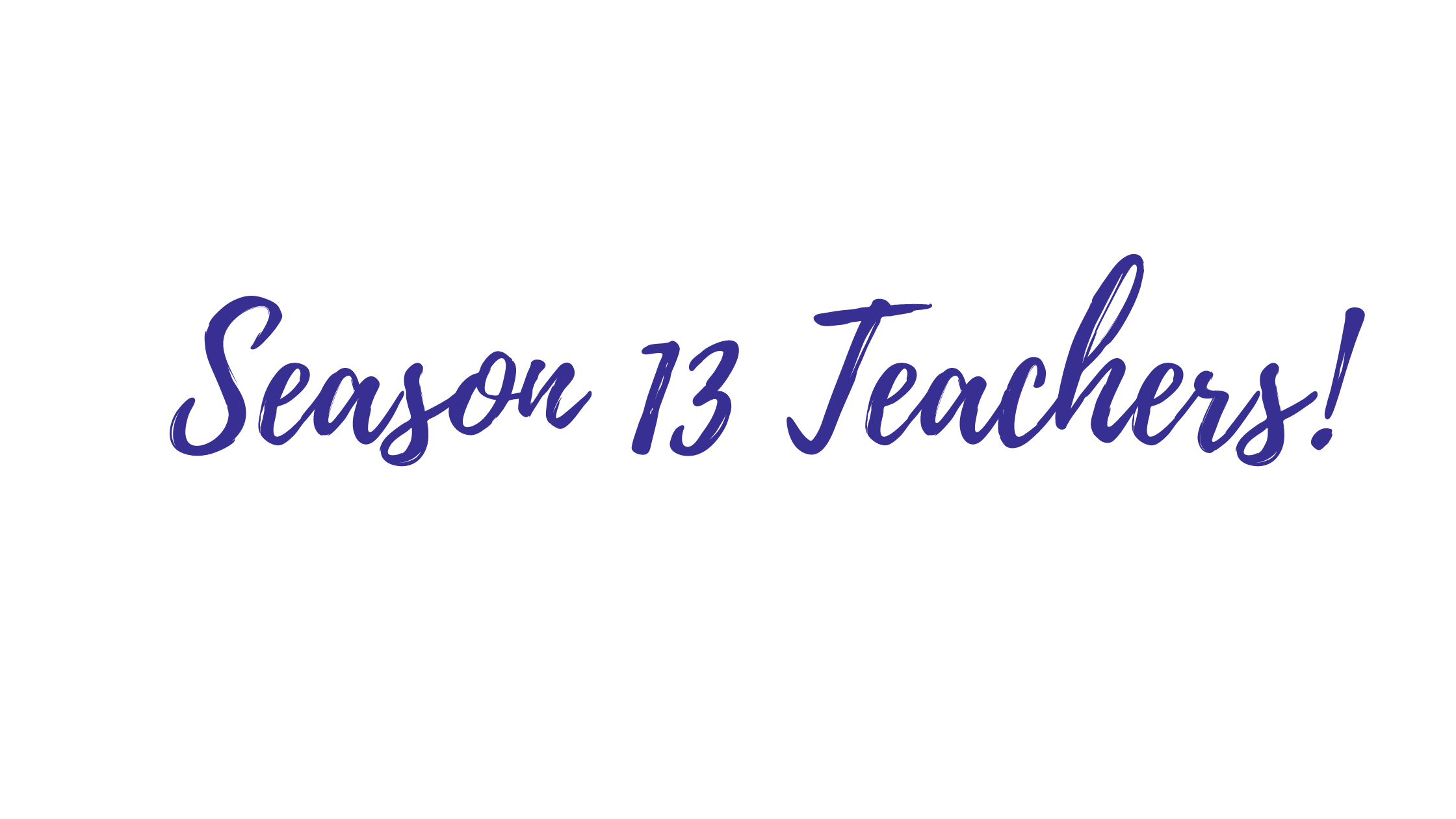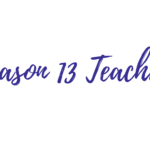DANCE – What Does it Take?
I was perusing Pinterest a bit ago and found a picture with the acrostic of D.A.N.C.E. using the words Determined, Athletic, Never Gives Up, Controlled, Emotional. I thought about dance, in general, and how little people tend to understand about the behind-the-scenes of it all. Very few people truly understand how much it takes to be a dancer, many dancers included. Often dance students will wonder why they can’t seem to get their splits, or why they didn’t get a certain part in a show, or why their friend moved up a level and they didn’t. Yet, also, the world of dance is full of extremists pushing their bodies past the healthy point and into dangerous waters for the sake of being the “best.” It’s easy to get distracted and confused by shows such as “Dance Mom’s” and “World of Dance,” and to put the bar of expectation so high that rarely it can be reached. So what does it really take to be a dancer? A healthy dancer, a balanced dancer, a dedicated dancer. What does it take to “make it” in dance, and to stay healthy and true to your body and mind? Below I have put together a little acrostic of my own to the word “Centered,” the name of our schools dance companies, hoping to give examples of ways to accomplish this.
C -Controlled
E -Emotional
N -Never Gives Up
T -Thoughtful
E -Endeavors
R -Resolute
E -Energetic
D -Disciplined
All of these words can be put back into the idea of the dancer being centered, balanced, and healthy in mind and thought. Let’s take a look at them a little closer.
Controlled.
The dancer is controlled. This doesn’t mean, “controlling,” as a person, per-say, but controlled in movement. One key way to tell the maturity of a dancer (not age necessarily, but dance experience), is muscle control and body awareness. The dancer must learn to be in charge of their body, telling it when to move, where to move, and how to move, at all times. The dancer decides when to release from a balance, hold, or stretch, the dancer tells their body to lift or lower the leg. For the mature dancer, there is no “falling” out of positions, but it is a controlled decision.
The dancer must be aware at ALL times of what every single inch of their body is doing. What is your face saying, where is your head facing, where are your eyes looking, where are your arms, are your abdominal muscles engaged, ribs closed, chest lifted, neck long, legs lengthened, rotators engaged, hips open, feet pointed, and MANY more things all in a single moment. A dancer must not only know what each body part is for, but what it is doing.
Emotional.
The dancer is emotional. No, not happy one minute, sad the next, angry after, but dancers emote. To emote is to show what is inside, to portray a message or thought from inside. Dance itself is a form of communication, a language, to communicate a message, but without words.
If dancers were not emotional, it would be boring to watch them dance! We would not understand the message of the dance, and we would leave a show confused and questioning what we just saw, wondering if the dancers even wanted to be on the stage.
Emotion is a big key to enjoying dances: seeing the dancers passion on stage, their dedication to their craft, etc. Emotion is one way the dancer “speaks.”
A very common correction dancers receive during rehearsal (especially student dancers) is “Where is your face?” or “What is your face saying?” The face is always speaking; the message is up to the dancer and their ability to emote well/correctly.
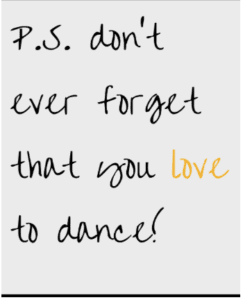 Never Gives Up:
Never Gives Up:
The dancer doesn’t give up. Even on hard days when muscles are fatigued, homework is stressful, when you just can’t get “on your leg,” when balances can’t be found and turns keep failing, when muscles shake and you can’t seem to find your abs, though you’re SURE they are there! Some days everything in class seems to go wrong and nothing seems right. And yet, the dedicated dancer doesn’t give up. Mind over matter. It’s pushing through, and still trying. There is a rule in ballet class that we have, at the end of each combination, we always “finish.” We come to a position of rest: a hold, the period at the end of the sentence. I tell my dancers, “It doesn’t matter how the combination went you must always ‘finish’.” It’s stating that you’ll keep going, keep trying, and keep working, no matter what.
Thoughtful.
The dancer is thoughtful. Dance has SO much more mental work in it that most people realize. It is incredibly exhausting mentally. Most days I am not nearly as tired physically as I am mentally. This mental work will vary slightly depending on if you are a student, teacher, choreographer, or in a season of rehearsal vs. classes only, but no matter which you find yourself in, it is still mentally taxing.
Learning dance steps alone takes much thought; essentially you are learning a new language. Ballet and jazz, etc. use terms mostly in French, such as “Plié” (to bend), “Tendu” (to stretch), “Tembé” (to fall), and “Jeté” (to toss). But even in other styles there are terms that must be memorized for each step, such as a “shuffle” step in tap.
Once a dancer learns individual steps, he or she is give strings of steps in “combination” that must be performed to a certain tempo, facing a certain way, moving in a certain direction. So not only must the dancer physically perform each task, but they must also remember a certain order given. A young student is often given combinations that are repeated every class, but as the student progresses into more advanced levels, and into the professional realm, the combinations are often changed with EACH class.
Then we move on to choreography, the strings of combinations set to music and performed on stage. Again, for young dancers this is in simpler form, for the youngest only 1-2 minutes. As maturity and advancement happens, the steps are more complicated and the songs longer, variations often extending 10-15 minutes once the professional level is reached. Then if the dancer is in multiple pieces, they must remember more than one song with differing variations to each song. I have known students who will perform in seven or eight pieces in a single recital. If each song averages only four minutes, that is thirty-two minutes of choreography! Professional dancers often memorize much more than that.
Endeavors.
The dancer endeavors, or, makes an effort. One of the most common things I tell my students is to TRY. I do not expect perfection, I do not expect them to get it right the first time, I do not expect them to look like a professional dancer, but I expect them to TRY, every single time. I expect them to put forth effort, with every step and every combination. If you don’t put every bit of yourself into every step, you will not get better, you will not advance, and you will not progress. It’s a harsh sounding truth, but it is true. When leading stretches, I often see dancers release from a stretch too quickly because it is uncomfortable, or I see them not pushing themselves to jump higher because they are tired. I try to explain that, it is in the moments of being uncomfortable, and in the moments of fatigue when you do it even though you are tired, that you make the most progress. And even if you don’t get it, the point is your tried. Another common phrase heard around the stage is to “leave it all on the stage.” A mature dancer does that every time they rehearse or do a simple combination. A mature dancer does it 110% every single time, never holding back.
Resolute.
The dancer is resolute. Closely tied to “never giving up,” having resolution means that the dancer doesn’t take “no” for an answer from their body. I often hear young students say they “can’t” do a step I try to teach them, and I reply over and over that the word “can’t” does not exist, not in the studio. A dancer is resolute in that they will continue to try learning a new step, no matter how long it takes, and they will try until they get it. Again, it won’t look perfect in the beginning, but there is a difference between trying and it not looking perfect, and just giving up.
When a dancer falls out of a turn, he or she gets right back up and tries the turn again. When a balance isn’t held, they try it again. The phrase about getting back on your horse once you’ve been bucked off is lived out every time the dancer steps into the studio. Even as a teacher, I have to be resolute. I don’t get it perfect every time, either. I still tell a story about teaching a piece of choreography a few years ago. I was showing my dancers how to end their turn in a balance on one leg and I fell straight to the floor, hitting hard on my rear-end. Did I stop demonstrating the step and make them figure it out? Nope, I got right back up and showed them again.
The mature dancer is resolute that they will not stop until they get it right.
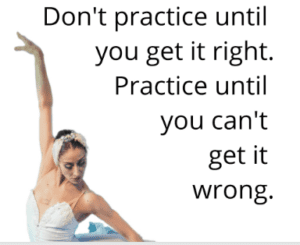
Energetic.
The dancer is energetic. If not, the dance will be extremely boring! Of course this doesn’t mean smiling toothy smiles at all times, but it means having energy in movement, quality in movement. Quality of movement is extremely important in dance. Two dancers could do the exact same step, one with plenty of energy, the other looking tired and slumped, and you could hardly tell it is the same step.
Energy is crucial not only to the quality of movement from a visual standpoint, but it affects the mechanics of movement as well. It is much easier to hold a balance when the dancer has energy, lifting up and out of their body rather than slouching or slumping. I tell my dancers to feel like sun rays are coming up and out of their bodies, even if the movement is low, or they are contracting.
Disciplined.
The dancer is disciplined. The dancer disciplines her/his self not only in class, but at home as well, creating a life full of good/healthy habits. In order to stay healthy in such a physically and emotionally draining and taxing lifestyle, the dancer must be disciplined to eat healthily, to get enough rest, and to listen to their body when it says its time to stop and evaluate a possible or potential injury. There is a time to push yourself as a dancer, and there is a time to pause and evaluate, a time to rest and recuperate. The mature dancer knows this difference, and is disciplined to create and live out these habits.
Don’t stay up half of the night watching TV/internet or playing on phones/video games. Eat balanced meals with healthy proportions to your body-type. Do stretches and exercises outside of class and during extended breaks to increase/retain flexibility and strength.
If the dancer is still a student, another layer of discipline is added, with the dancer needing to complete homework and go to classes when not at the studio. The dancer may need to complete homework at the studio between classes, or on the bus/in the car, so the student can go to sleep once he/she get home after rehearsal instead of staying up late doing homework.
So what does it take to be a dancer? SO MUCH. And it’s always worth it. I realized out of all the phrases and sayings and comments I have heard from people over the years about dancers and dancing, I have never heard someone say, “You know, I was a dancer growing up, and it was the worst mistake ever.” Through all the dedication, fatigue, work, emotion, and passion, it is always worth it.
But what does this mean for the student dancer today? For a student, especially those just beginning, this can all seem a bit much. Often the requests of the teacher may seem unreachable, unattainable, especially if the student is still learning to point their feet or stand in First. But this mindset of discipline and thought can be cultivated even at the most basic level.
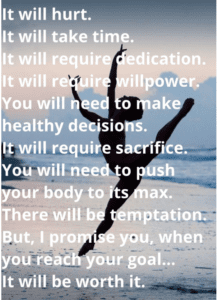 Part of the teacher’s job is to create an atmosphere of discipline, which is one reason dress codes are required in studios. If you notice in videos of professional companies, many dancers wear different colors and layers in the beginning of class, but at some point they all reduce to the basic leotard, tights, and skirt (for women). This habit and discipline has reasons, and even professionals realize and respect that.
Part of the teacher’s job is to create an atmosphere of discipline, which is one reason dress codes are required in studios. If you notice in videos of professional companies, many dancers wear different colors and layers in the beginning of class, but at some point they all reduce to the basic leotard, tights, and skirt (for women). This habit and discipline has reasons, and even professionals realize and respect that.
For the dancer this mindset begins with the most basic of tasks, such as showing up early to warm up and stretch, to always be in dress code, to listen attentively when the teacher is speaking, not talking during class, always raising a hand to ask a question, not giving up on a step given but always trying again and again. Eventually, step-by-step, day-by-day, class-by-class, this will all grow into each of the attributes mentioned in the “CENTERED” acrostic.


